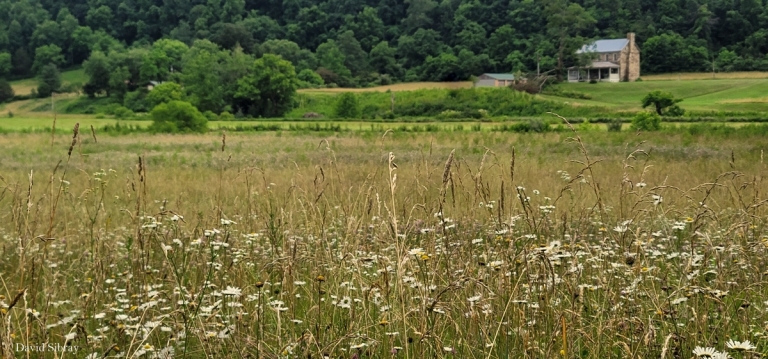
Concerns about a decline in bees and butterflies have grown recently. Still, according to a state biologist, West Virginians have a unique opportunity to offer their lush environment to support pollination worldwide.
Lawns need not be trim and extensive, and gardeners may find online sources of native plants that are better suited to the environment than local garden retail shops.
Biologist Sue Olcott, who is the Lepidoptera and Pollinator Conservation Project leader for the W.Va. Department of Natural Resources, says there are several ways gardeners in West Virginia can support pollination in their back yards.
"Pollinators provide $30 billion of pollination services annually in the U.S. alone," Olcott says, citing a fact that farmers in West Virginia should find important.
What's more, says Olcott, they're fascinating to watch and are among the most beautiful animals in creation, according to many standards.
Olcott has provided the following tips for property owners who would like to support pollination and help attract more butterflies to the state.
1. Reduce or eliminate pesticides. Use integrated pest management in gardens as the least harmful method of controlling pests. Interplant with distasteful species like marigolds, tolerance of some damage, mechanical removal, least toxic chemicals, etc. Avoid using systemic insecticides: the toxins become part of the plant tissues, including the nectar and pollen.
2. Reconsider mowing regimes. Lawns cover almost 63,000 square miles in the U.S., and each is a biological desert to a large extent. However, they can provide habitat to butterflies and pollinators with only a few small changes.
- Set the mower higher to allow short flowering plants such as bugle, violets, dandelions, and common daisies to bloom.
- Avoid the use of lawn chemicals. Most lawns in West Virginia only need a light amount of fertilizer or lime. Buy a simple soil test if you're unsure. Use pesticides only if a heavy pest infestation is present.
- Fields that do not have heavy infestations of multiflora rose or autumn olive only need mowing every three to four years to stay herbaceous. Mow yearly, but mow only a quarter of the area per year. Mow a second quarter the next year. And the third quarter the third. This practice maintains both blooms and allows for reseeding plants that support butterflies and other pollinators. Also, mow in early spring or very late fall.
- Maintain stands of milkweed for monarch butterflies. Since milkweed will re-sprout well after disturbance, fresh milkweeds for monarchs in West Virginia in late summer may be better served by pruning back a quarter to a third of milkweed in late July or early July. This provides fresh and more nutritious growth for caterpillars that are maturing in late summer and the adults that migrate to Mexico.
3. When planting for pollinators, ensure that you have blooms from spring through fall. Flowering shrubs like wild plum and redbud are good for early spring. Have milkweed available for monarch caterpillars, though keep in mind it will be eaten. Try to provide a variety of colors and flower forms and, if possible, include native plants. Not all nectars and pollens are created equal, and often horticultural varieties that have double the number of petals have no nectar or pollen. Old-fashioned and native species provide native pollinators with the best nutrition. Although some native species can be found in retail settings in West Virginia, a greater selection is available from online nurseries.
4. Flowers for nectar and pollen are important, but equally so are areas for reproduction. Butterflies need plants for their caterpillars to eat. Leaving an unmown weedy corner of your backyard can go a long way to provide this often overlooked requirement. Remember, though, caterpillars will eat plants, so expect to see "damage."
5. Similarly, native bees—of which about 80 percent are solitary, which means they don’t have colonies or hives—need areas to dig small tunnels in the ground in which to place egg chambers. They need dead wood to bore into or pithy stems like blackberry or elderberry in which to place egg chambers. Leaving this type of vegetation or bare, sparsely vegetated ground will help these species immensely.
6. Finally, nesting or larval host plants should be near the nectar and pollen sources. Some species, like the monarch, are thought to need milkweed patches a few miles apart, but some bee and butterfly species don’t venture farther than a couple of hundred feet. So the landscape's arrangement of nectar, pollen, nesting, and larval hosts is important.
For more information, contact Susan Olcott, WVDNR, Lepidoptera and Pollinator Conservation Project Leader, P.O. Box 99, 1110 Railroad St., Farmington, WV 26571 or call 304-825-6787.




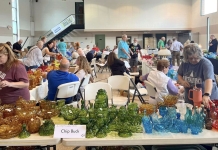
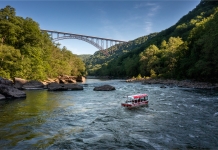
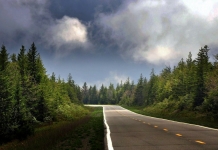
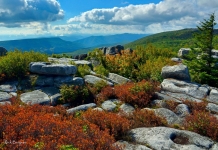



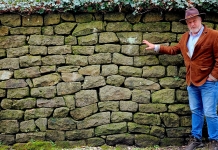
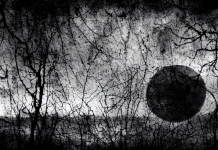
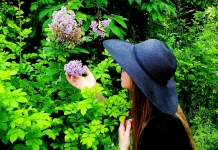

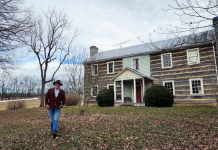
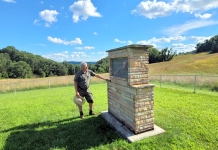












Facebook Comments